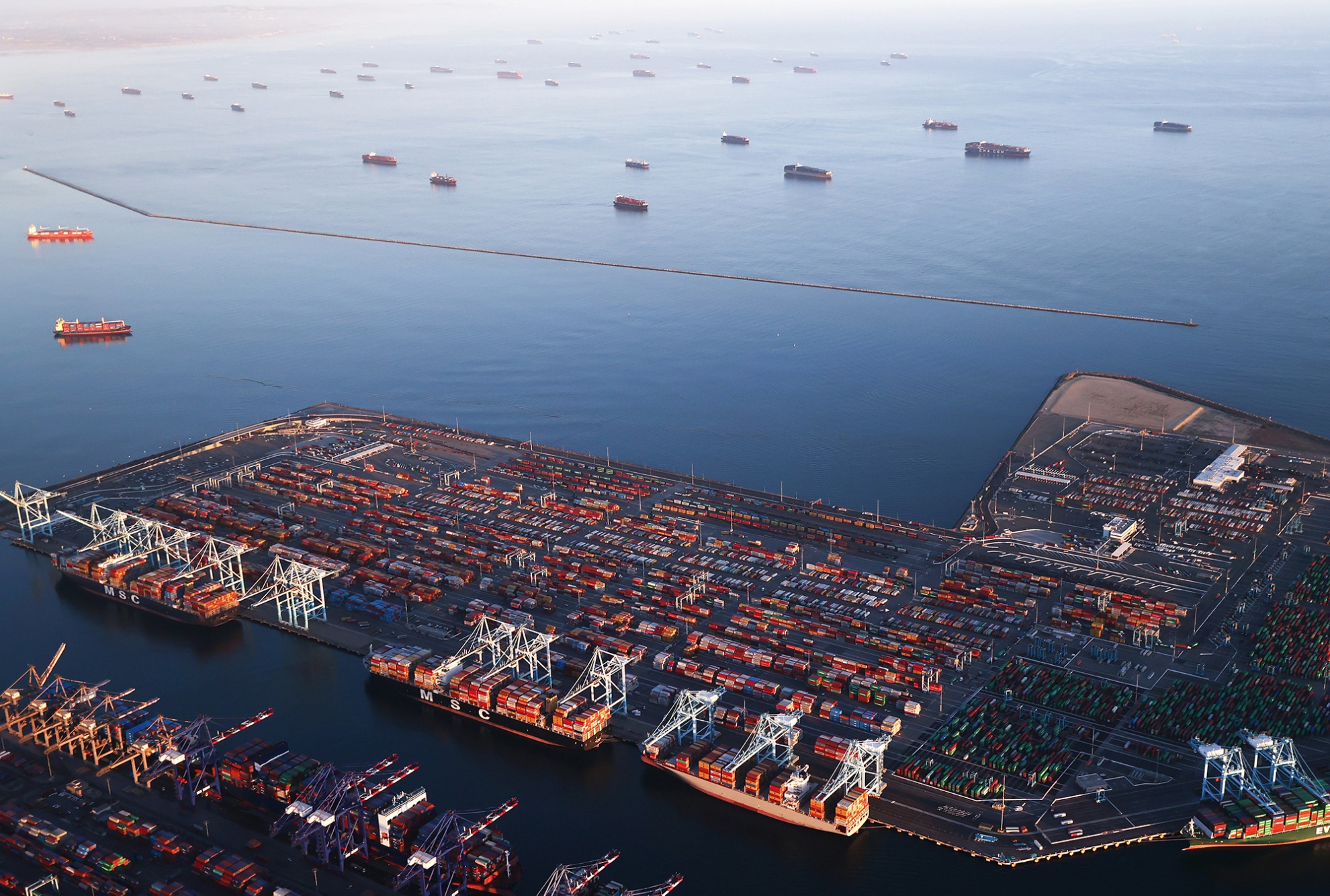Introduction
In a world grappling with the challenges of climate change and the urgent need for sustainable energy solutions, the maritime industry has emerged as a pivotal player in adopting greener technologies. The recent news of NYK’s inaugural LNG-fueled Panamax bulker entering service marks a significant milestone for both the company and the global shipping industry. In this blog post, we will explore the key details of this groundbreaking development and its broader implications for the future of maritime transportation.
Setting Sail on Sustainability: NYK’s LNG-Powered Panamax Bulker
Japanese shipping giant Nippon Yusen Kaisha (NYK) has always been at the forefront of innovation in the maritime industry. Their latest addition to their fleet, the LNG-fueled Panamax bulker, represents a major step towards reducing the environmental impact of shipping. Panamax refers to ships that are built to fit the maximum dimensions allowed for the Panama Canal, which is a critical waterway connecting the Atlantic and Pacific Oceans.
Here are some key takeaways from NYK’s latest move:
Implications for the Maritime Industry
NYK’s decision to embrace LNG as a cleaner fuel source and to invest in the LNG-powered Panamax bulker is not only a significant achievement for the company but also a harbinger of change in the maritime industry. Several key implications can be drawn from this move:
Conclusion
NYK’s launch of the LNG-fueled Panamax bulker signifies a pivotal moment in the maritime industry’s transition towards cleaner and more sustainable practices. As environmental concerns take center stage, the adoption of LNG as a primary fuel source demonstrates the industry’s commitment to reducing its carbon footprint and moving towards a more eco-friendly future. The success of this initiative, along with its positive environmental and economic implications, underscores the importance of the shipping sector in the global effort to combat climate change. NYK’s dedication to this cause serves as an inspirational example for other players in the maritime industry to follow suit and embrace greener, more sustainable practices.









